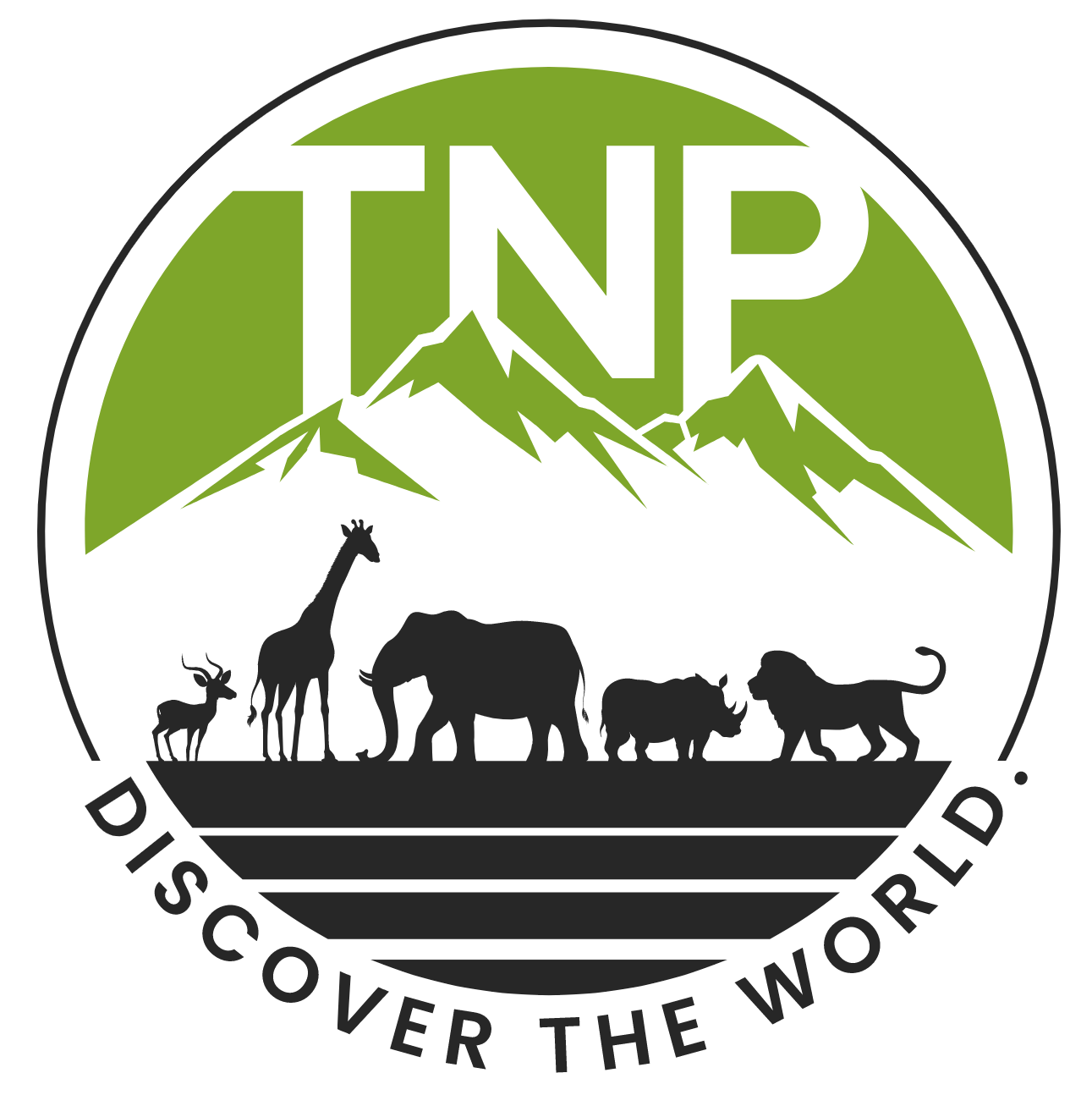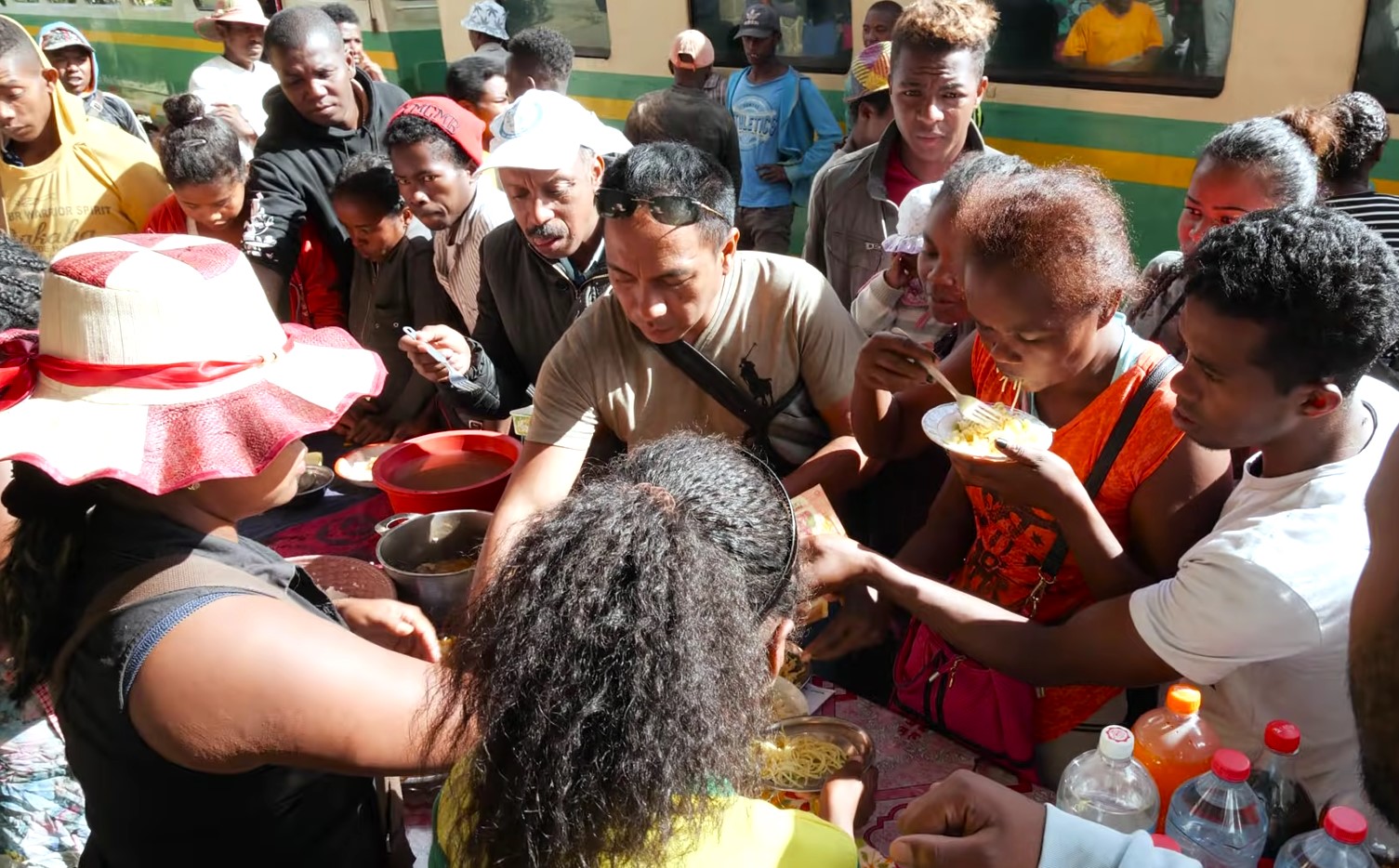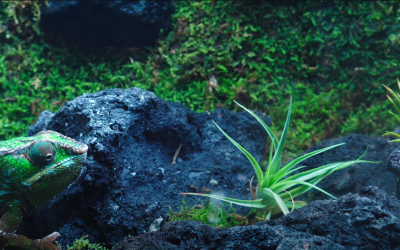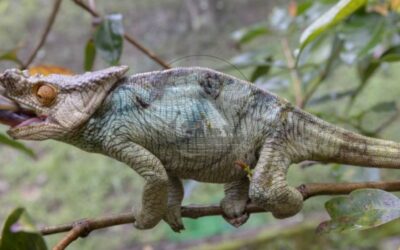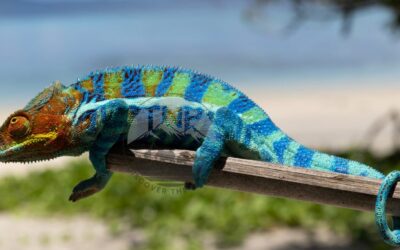The Primary Madagascar languages are Malagasy, French, and English. There are numerous tribal dialects as well. Malagasy is the national language, French is widely used in official settings, and English is growing in popularity.
In this blog, I have explored Madagascar’s linguistic diversity, highlighting the unique dialects of various ethnic groups, the role of multilingual education, and the challenges and opportunities of maintaining such a diverse linguistic landscape. Understanding these languages offers a deeper appreciation of Madagascar’s culture and the efforts to preserve its linguistic heritage.
The National Madagascar Language: Malagasy
Overview of Malagasy as the National Language
While traveling through Madagascar, I quickly realized that Malagasy is the island’s heartbeat. It’s the official language spoken by almost everyone in Madagascar, the go-to language for daily communication in bustling cities or remote villages, and spoken by 28.3 million native speakers on the island.
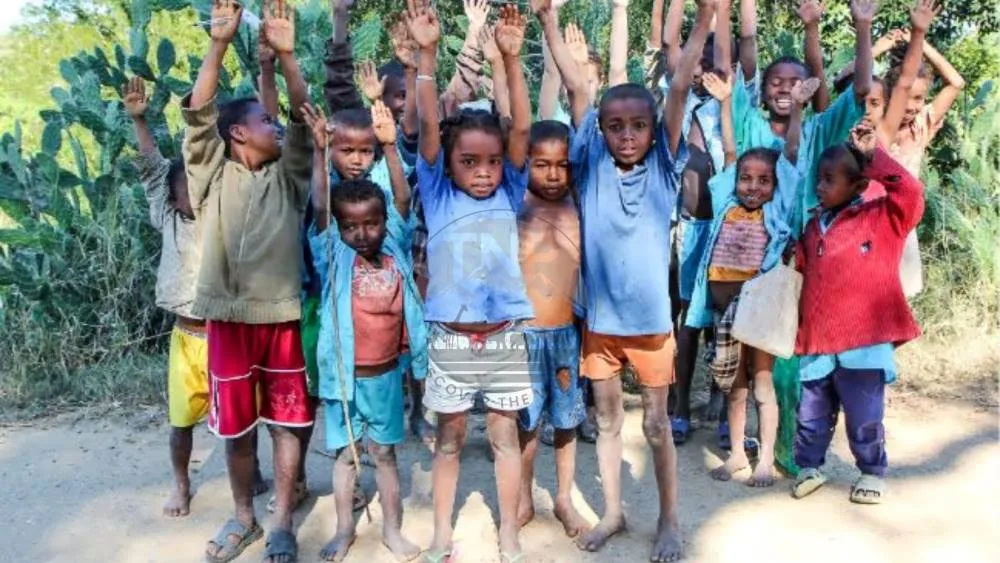
Different Dialects of Malagasy
One of the fascinating things I discovered is that Malagasy isn’t just one uniform language. It has several dialects that change from region to region. For instance:
- In the central highlands, where the Merina people live, the dialect differs from that spoken by the Betsimisaraka along the eastern coast.
- Down south, the Antandroy people have their way of speaking Malagasy.
- The Sakalava people on the western coast have their unique twist on the language.
Even though the dialects vary, people across the island generally understand each other. It’s like how someone from Texas and someone from New York might have different accents and some different words but can still have a conversation.
Cultural Significance of the Malagasy Language
Language is more than just a communication method in Madagascar; it’s a key part of the culture. Malagasy is used in folk tales, songs, and traditional ceremonies.
During my stay, I noticed that storytelling is a big part of life here, and it’s often done in Malagasy. The language is a bridge to the past, connecting people to their ancestors and traditions.
I also found that learning a few phrases in Malagasy made my interactions much more meaningful. The locals appreciated it when I greeted them with “Salama!” (Hello!) or thanked them with “Misaotra!” (Thank you!). It opened doors and hearts, making my experience more prosperous and personal.
Learn the language with Live Lingua.
The Official Madagascar Languages
French
Historical Context of French in Madagascar
I learned a lot about the history of the French language in Madagascar and on the African continent. Madagascar was a French colony from the late 19th century until 1960, and that colonial past left a significant mark. French became the language of administration, education, and business.
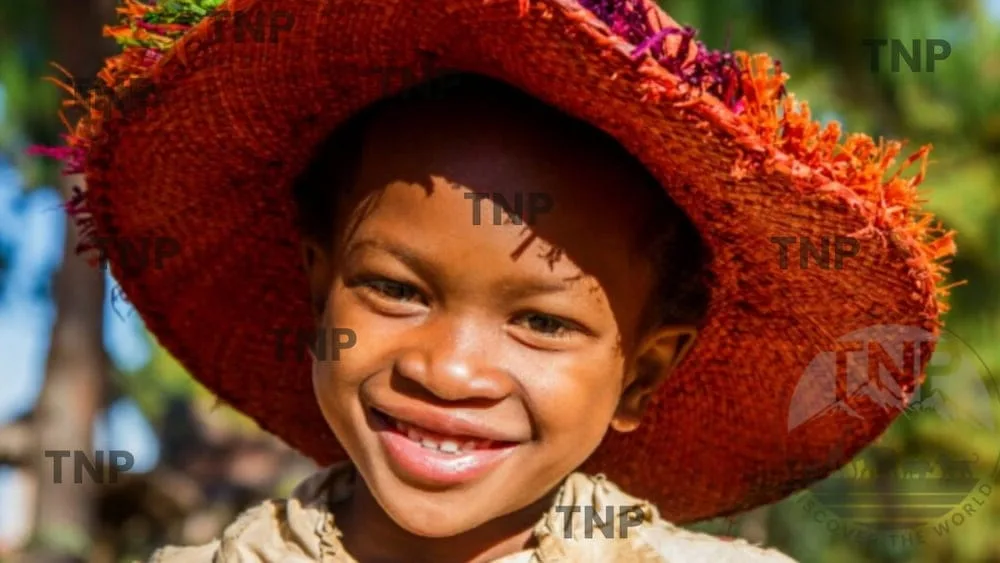
Current Usage in Government, Education, and Business
Today, French is still widely used in many official settings and as the first language by many. I noticed that government documents, road signs, and public notices are often in French.
French is the medium of instruction in schools, especially in higher education. When I visited a few local businesses and government offices, most of the formal communication was in French. It’s clear that if you know French, you can navigate many of the formal aspects of life in Madagascar.
English
Increasing Presence of English in Tourism and International Business
English is not as widespread as French, but it’s growing, especially in tourism. As a traveler, I found that many tour guides, hotel staff, and even some restaurant menus are available in English. This makes it easier for English-speaking visitors to get around.
Additionally, English is becoming more common in international business contexts. For instance, I met a few businesspeople who used English to communicate with partners from other countries.
Comparison of English Usage with Malagasy and French
Compared to Malagasy and French, English is less commonly spoken. Most locals primarily use their national language daily, and French is the go-to for formal and official settings. However, if you’re traveling in popular tourist areas, you’ll find that English can get you pretty far.
Knowing a bit of French or Malagasy is more useful in more remote areas. It’s interesting to see how these three languages coexist and serve different purposes on the island.
Arabic
In Madagascar, the Arabic-speaking community consists of around 20,000 people. These individuals are primarily descendants of traders and immigrants who settled on the island over the centuries. Arabic is often used in their communities and religious practices, maintaining a cultural link to their heritage.
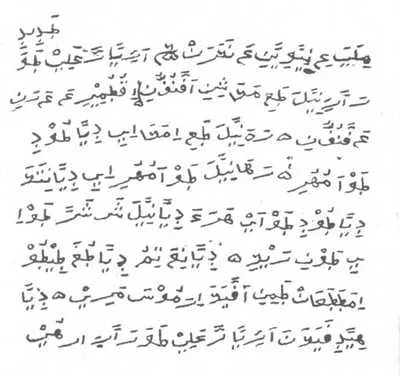
Chinese
The Chinese-speaking population in Madagascar numbers approximately 16,000. This group essentially comprises descendants of Chinese immigrants who arrived in the country for trade and business. Chinese is commonly spoken in homes and community gatherings, preserving their cultural identity while they integrate into broader Malagasy society.
Tribal Languages and Dialects
While traveling across Madagascar, I discovered that the island’s linguistic diversity goes beyond Malagasy, French, and English. The country is home to several tribal languages and dialects, each unique to different ethnic groups. Here’s a look at some of the tribal languages I encountered.
Antandroy
In the southern part of Madagascar, I met the Antandroy people. They have a distinct dialect, and it was fascinating to hear how their version of Malagasy sounded slightly different from what I had heard in the central regions.
Bara
Traveling through the south-central regions, I encountered the Bara people. Their dialect also stood out. The Bara are known for their cattle herding, and their language reflects their lifestyle and traditions.
Betsileo
In the highlands, I spent some time with the Betsileo people. Their dialect of Malagasy is prevalent in this region. The highland dialects seem more common than the Merina dialect, but you can still notice the differences in the Madagascar Nation Language when you listen closely.
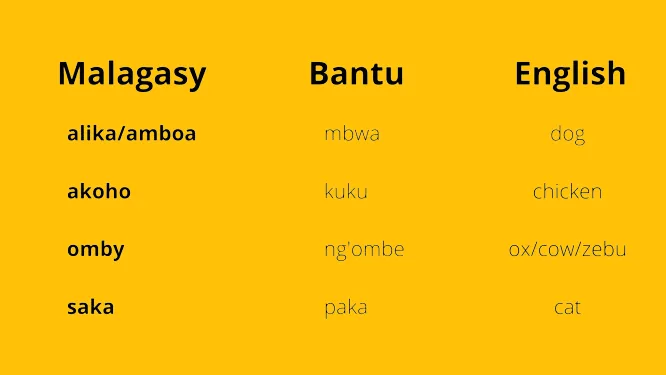
Betsimisaraka
Along the eastern coast, the Betsimisaraka people’s dialect is commonly spoken in the Madagascar national language. This area is lush and green, and the people here have a rhythmic and melodic dialect.
Mahafaly
I visited the Mahafaly tribe in the southwestern region. Their dialect is another variation of the Madagascar Nation Language. The Mahafaly are known for their unique tombs and funerary practices, and their language plays a big part in their cultural expressions.
Merina
The Merina people, primarily in the central highlands around Antananarivo, speak a dialect that is often considered the standard form of Malagasy. This is the version you’ll most commonly hear in the capital and surrounding areas.
Sakalava
The Sakalava people’s dialect is on the western coast. They are known for their strong cultural heritage, and their language is a key part of their identity.
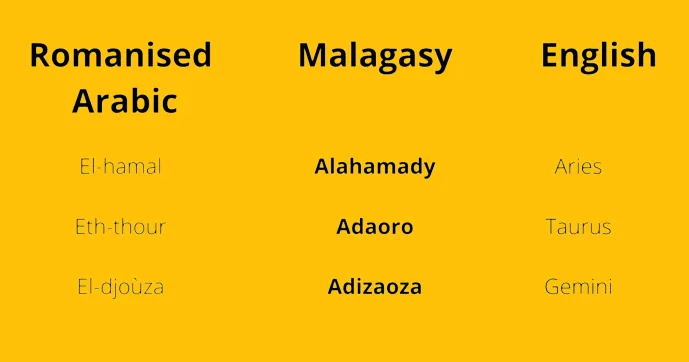
Tsimihety
In the north-central part of the island, I encountered the Tsimihety people. Their name means “those who do not cut their hair,” their dialect is another unique branch of the Madagascar nation language.
Antakarana
In the northern part of Madagascar, the Antakarana people speak their dialect. This region is more remote, and the language reflects the unique lifestyle and traditions of the Antakarana.
Antanosy
Finally, in the southeastern regions, I met the Antanosy people. Like the others, their dialect adds to the rich tapestry of languages spoken across Madagascar.
Each of these tribal languages and dialects adds depth to Madagascar’s cultural landscape. Learning a few words or phrases in these local dialects can help travelers connect with the people and understand their way of life.
Know more about the people of Madagascar in this blog!
Multilingual Challenges and Education In Madagascar
Communication between different linguistic groups can also be tricky. People might speak different dialects in markets or public services, leading to misunderstandings. I experienced this firsthand when trying to buy something in a local market. Sometimes, the sellers and I had to rely on gestures or find someone who could translate.
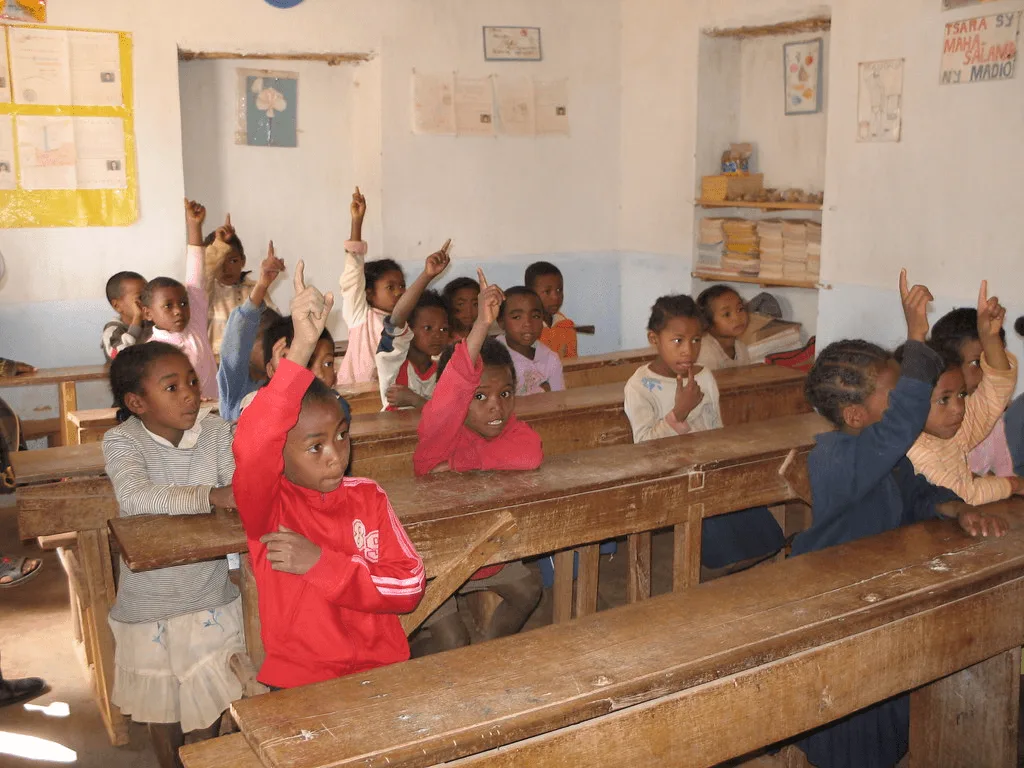
Multilingual Education in Madagascar
Madagascar’s education system strongly emphasizes multilingualism. In many schools, especially in urban areas, children are taught Malagasy and French from a young age. This bilingual education system is essential, as it helps students navigate both local and international contexts.
I also noticed that some private schools have added English to their curriculum. This addition is particularly beneficial, as it prepares the younger generation for a globalized world where English is a critical language in business and international communication.
Students are well-equipped to connect with diverse cultures and opportunities by learning multiple languages.
Opportunities for Language Preservation and Cultural Exchange
On the positive side, Madagascar’s linguistic diversity offers excellent opportunities for preserving languages and promoting cultural exchange. I visited a cultural center that runs programs to teach children traditional songs and stories in their local dialects. These efforts help keep the languages alive and ensure that younger generations stay connected to their heritage.
Cultural exchange is another ample opportunity. During my stay, I attended a few community events where different linguistic groups shared their traditions. Seeing how language brings people together and celebrates their unique identities was terrific. These events not only preserve languages but also foster mutual respect and understanding.
Wrap Up
Madagascar has a unique mix of languages that reflect its diverse culture. From Malagasy and French to various tribal dialects, each language plays a vital role in daily life.
Due to this diversity, there are challenges, especially in education and communication. However, efforts to preserve local dialects and promote multilingual education are making a difference.
Madagascar language connects people to their history and traditions. Learning a few local phrases can make interactions more meaningful for travelers and show respect for the culture.
Madagascar Languages FAQ
How many people speak Malagasy in Madagascar?
Malagasy is spoken by the majority of Madagascar’s population, with approximately 28.3 million native speakers.
What are the National languages of Madagascar?
The official languages of Madagascar are French and Malagasy.
Is English commonly spoken in Madagascar?
English is increasingly used in Madagascar, especially in tourism and international business, but it is not as common as French and Malagasy.
What is the population of Madagascar, and how many languages are spoken on the island?
Madagascar has a population of around 28.3 million people, and several languages, including various tribal dialects, are spoken throughout the island.
Which language family does Malagasy belong to?
Malagasy is part of the Austronesian language family, specifically the Malayo-Polynesian branch.
Are the dialects of Malagasy mutually intelligible?
Yes, the different dialects of Malagasy are generally mutually intelligible, although there are regional variations.
How did French become an official language in Madagascar?
Due to Madagascar’s history as a French colony, French became an official language. It is widely used in government, education, and business.
Who are the people who speak Malagasy?
Malagasy is spoken by the Foko people of Madagascar and used by most of the island’s inhabitants.
How many people speak Arabic and Chinese in Madagascar?
There are approximately 20,000 Arabic speakers and 16,000 Chinese speakers in Madagascar today.
What makes Malagasy unique in the context of the world’s languages?
Malagasy’s uniqueness lies in its unusual Austronesian roots, which are unusual for an African island and reflect a rich migration and cultural exchange history.
